Television has long served as a mirror of society, reflecting and shaping everything from political ideologies to pop culture. One of its most profound influences, however, lies in how it has evolved the beauty standard across decades. From the glamorous stars of the 1950s to today’s diverse and body-positive icons, TV has had the power to define what is considered beautiful. In this post, we take a journey through time to explore how TV shows have played a critical role in reshaping society’s ideals of beauty.
I Love Lucy (1950s): Breaking Molds with Humor
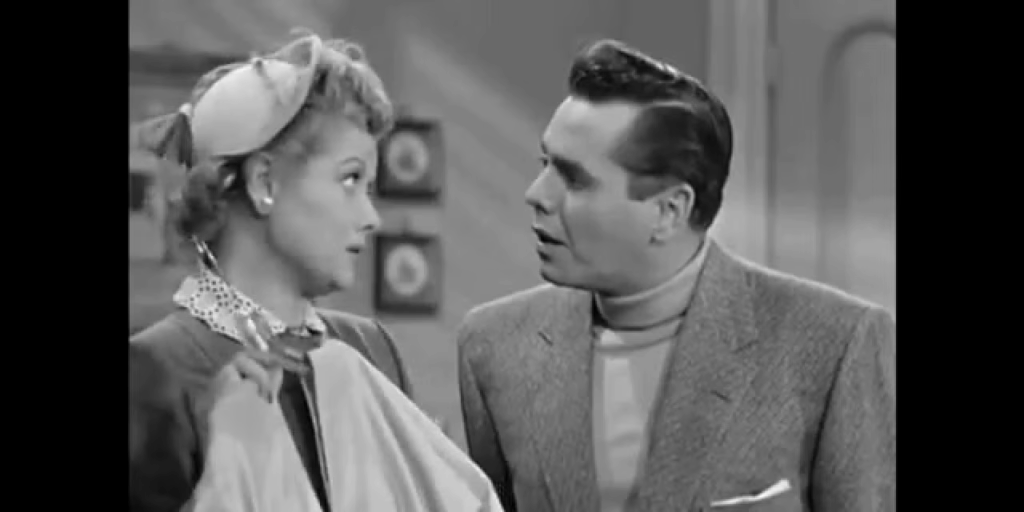
Lucille Ball wasn’t the typical 1950s Hollywood bombshell. With her fiery red hair, comedic timing, and expressive face, she became an American icon. “I Love Lucy” challenged the idea that women on TV had to be poised and demure. Instead, Lucy’s vivacious personality and physical comedy added layers to the era’s rigid beauty ideals, suggesting that personality and charm could be just as attractive as a perfect silhouette.
Charlie’s Angels (1970s): The Rise of Glamorous Action Heroines
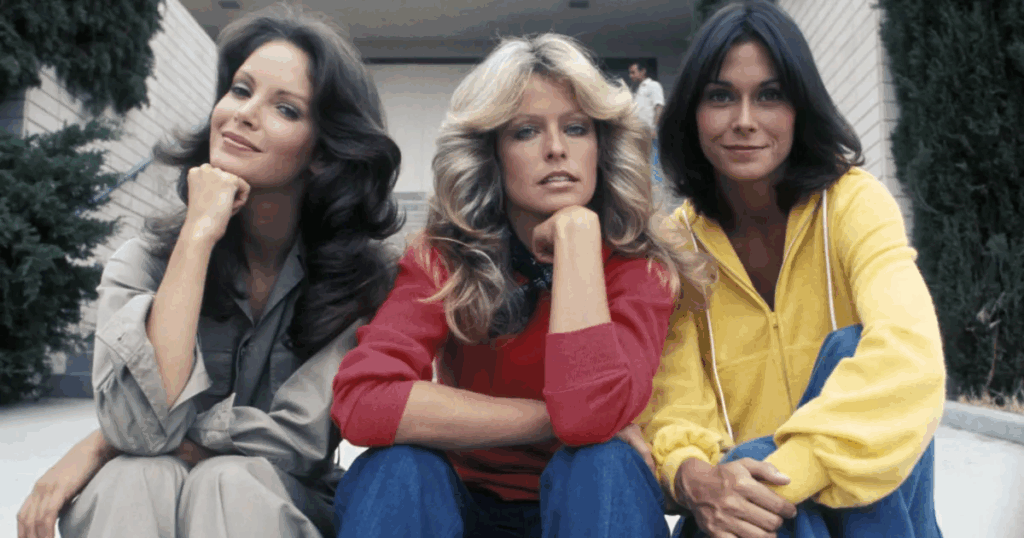
The 1970s introduced a new breed of beauty icon: the action heroine. With feathered hair and glam fashion, “Charlie’s Angels” created a wave of new fans who idolized their strong yet stylish characters. These women were not only beautiful—they were capable and confident, and this helped shift the beauty standard from merely aesthetic to aspirational.
The Cosby Show (1980s): Redefining Black Beauty
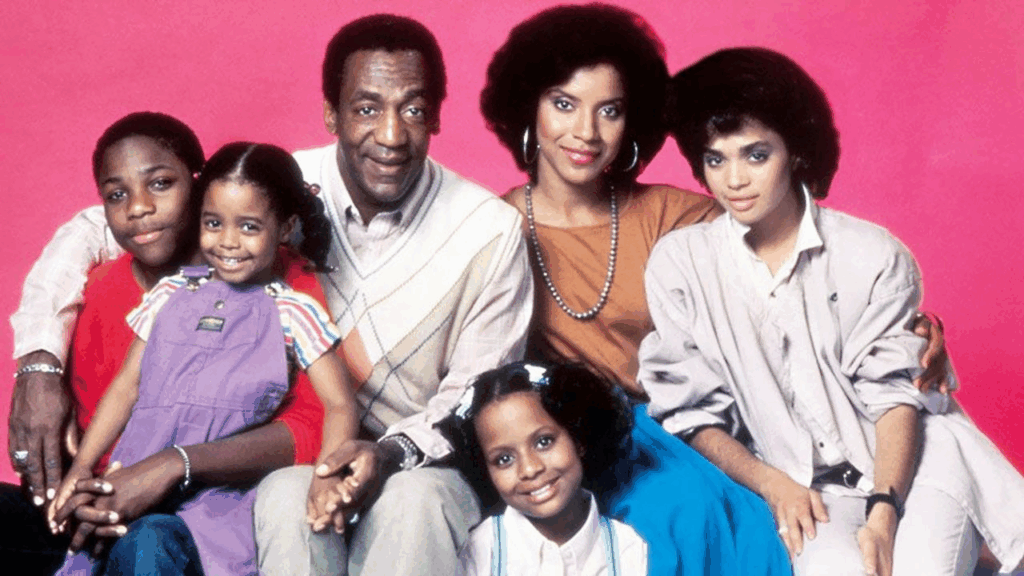
During the 1980s, “The Cosby Show” introduced a new image of Black beauty to mainstream American households. With characters like Claire Huxtable and Denise, the show celebrated natural hair textures, rich skin tones, and Afrocentric fashion. It pushed back against Eurocentric standards, offering representation that many had never seen before and shifting the broader beauty standard.
Baywatch (1990s): The Age of Athletic Glamour
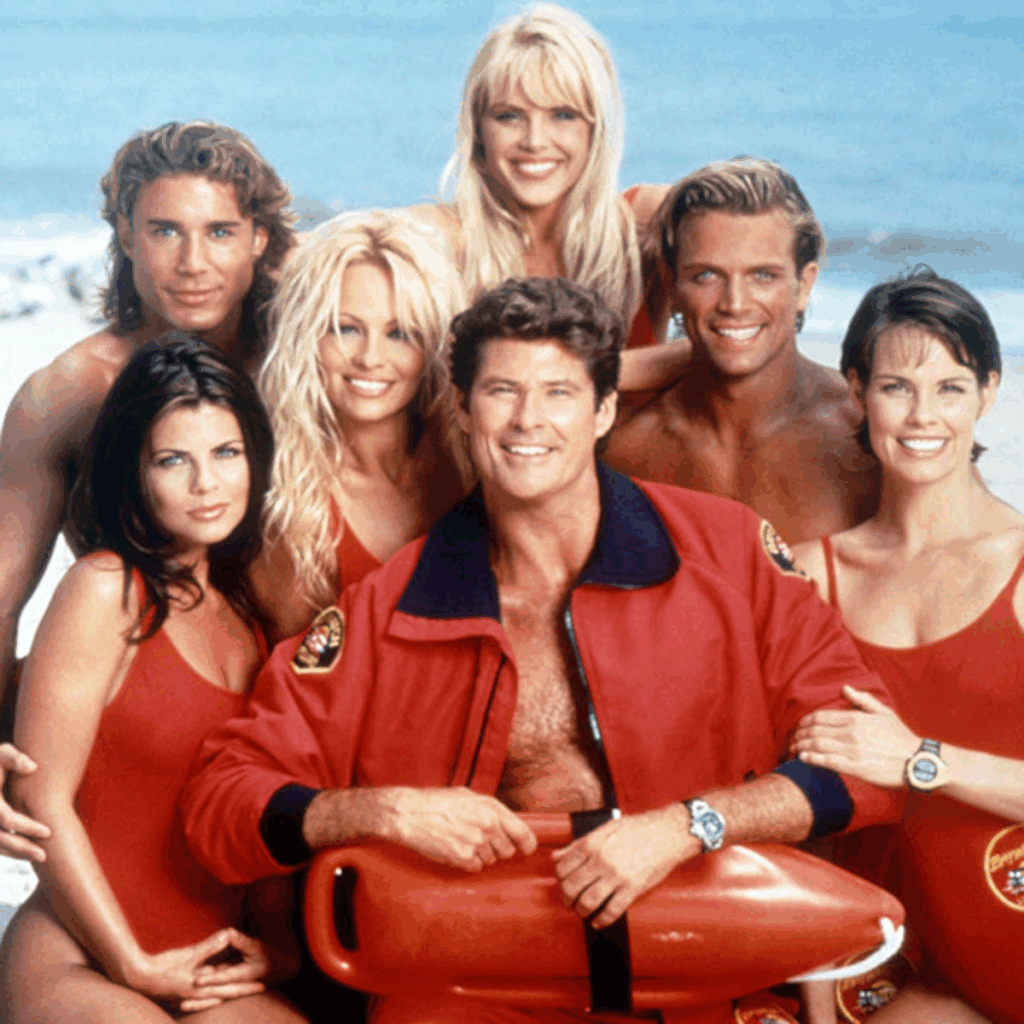
No conversation about beauty on TV would be complete without “Baywatch.” The 1990s phenomenon promoted an ultra-fit, sun-kissed aesthetic. While criticized for reinforcing unrealistic ideals, it also helped celebrate athleticism in women, ushering in a period where toned bodies and active lifestyles became synonymous with beauty.
Sex and the City (2000s): Fashion, Individuality, and Beauty
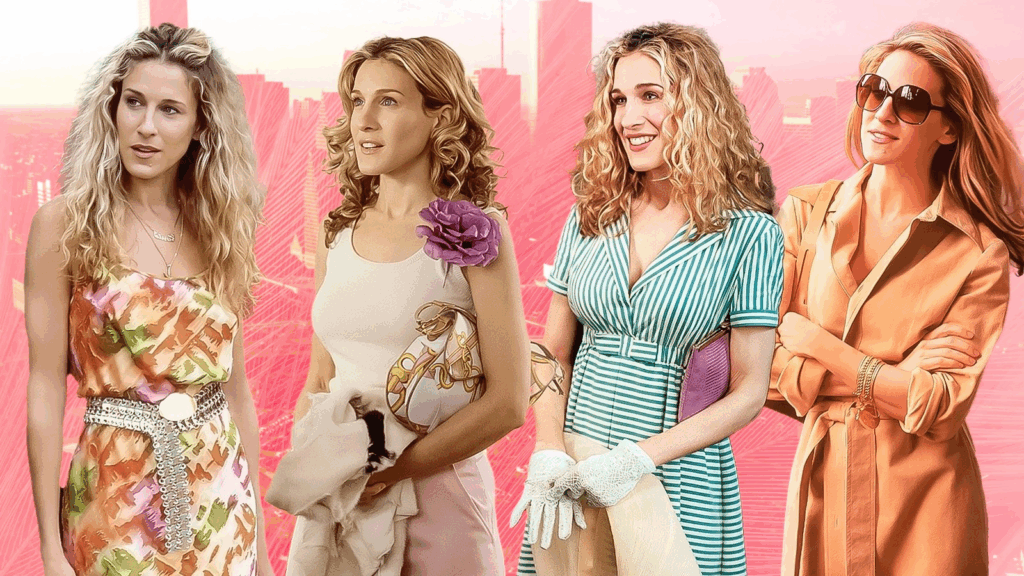
“Sex and the City” showcased a wide spectrum of beauty expressions—from the polished elegance of Charlotte to the bold, bohemian style of Carrie. It wasn’t just about looks—it was about attitude. The show underscored that beauty could come in many forms, including how one dresses and carries themselves. This era began to normalize the idea that beauty is multifaceted and deeply personal.
Glee (2010s): Embracing Diversity
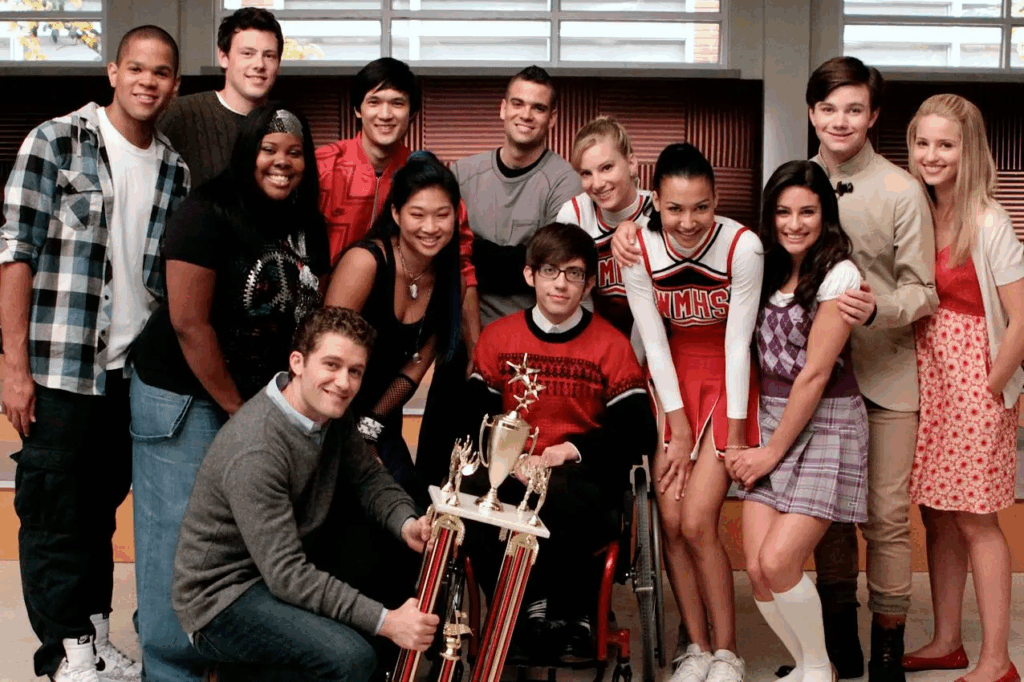
“Glee” made it cool to be different. The show featured a mix of races, body types, and abilities, celebrating individuality like never before. Characters like Mercedes and Unique shattered traditional expectations by showing that talent, confidence, and authenticity are key components of beauty. “Glee” helped transform the beauty standard into something inclusive and empowering for younger generations.
Euphoria (2020s): Raw, Real, and Revolutionary
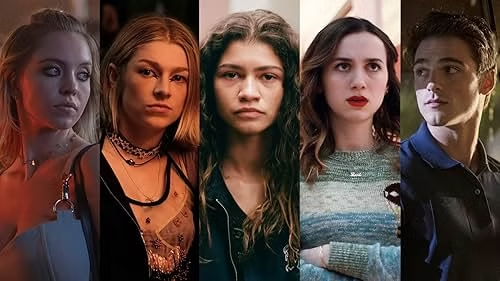
With its stunning visuals and unfiltered portrayals of youth, “Euphoria” is rewriting the rulebook on beauty for Gen Z. Characters embrace glitter tears, messy hair, bold eye makeup, and gender-fluid fashion. The show rejects perfection and embraces imperfection, showing that vulnerability and self-expression are inherently beautiful. This is the new era of the beauty standard: raw, real, and unapologetically individual.
Bridgerton: Period Drama Meets Modern Beauty
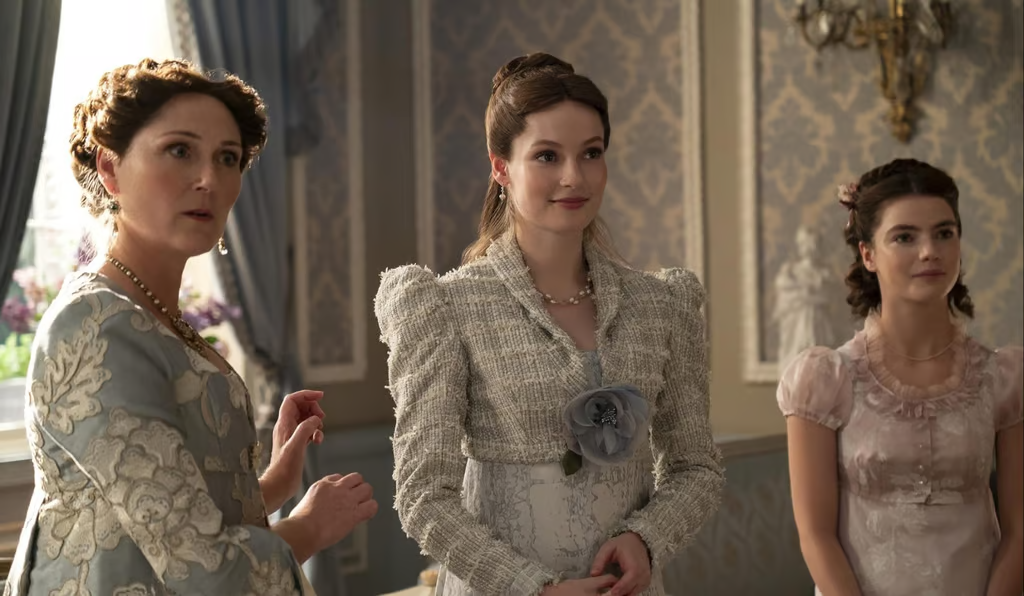
While set in Regency-era England, “Bridgerton” reimagines history through a modern lens. With a diverse cast, intricate hairstyles, and glowing skin tones, it challenges historical beauty norms and opens doors for broader representation in period dramas. The lavish makeup and inclusive casting push traditional boundaries, making it one of today’s most visually influential series.
RuPaul’s Drag Race: Redefining Glamour and Gender Norms
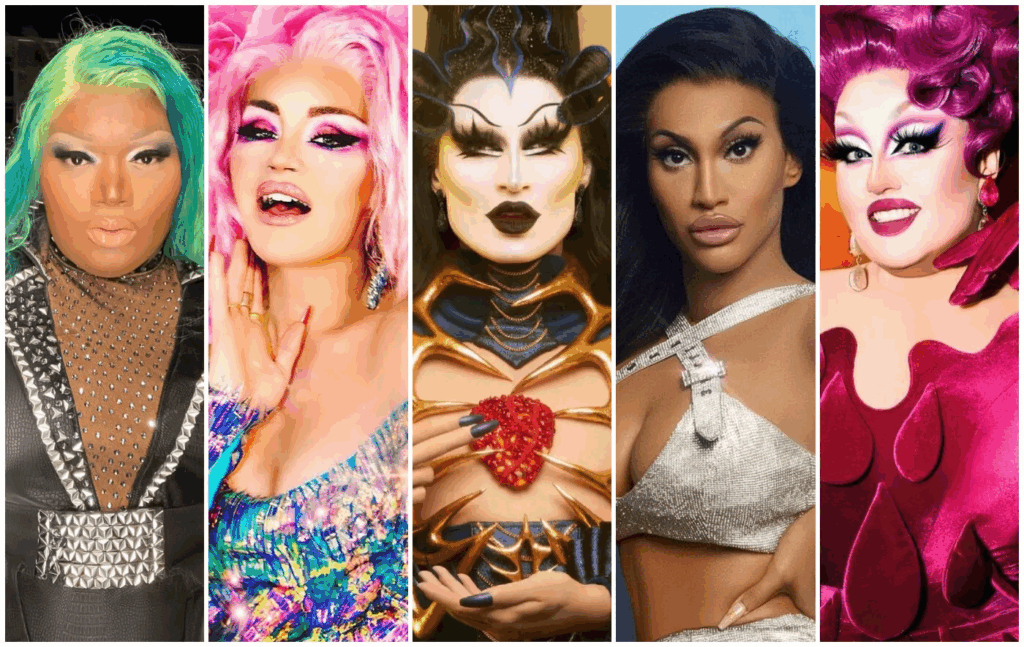
“RuPaul’s Drag Race” has arguably done more to evolve beauty norms than any other recent show. It showcases how makeup, performance, and self-expression can transcend gender and redefine glamour. Each contestant brings a new interpretation of beauty, proving that it’s not just about what’s seen but what’s felt—and what’s owned. Beauty becomes art, attitude, and power.
Conclusion: TV as a Cultural Mirror for Beauty
TV has always been more than just entertainment—it’s been a platform for change. From Lucy’s fiery presence to Rue’s gritty vulnerability, every decade has offered a new take on what it means to be beautiful. Each of these shows contributed to shaping the beauty standard of their time while also challenging viewers to expand their perceptions.
As we move into a future that values authenticity and inclusivity, television continues to be a powerful voice in the beauty conversation. It reflects who we are, who we were, and who we’re becoming—and it reminds us that beauty is, and always should be, a diverse and evolving spectrum.
